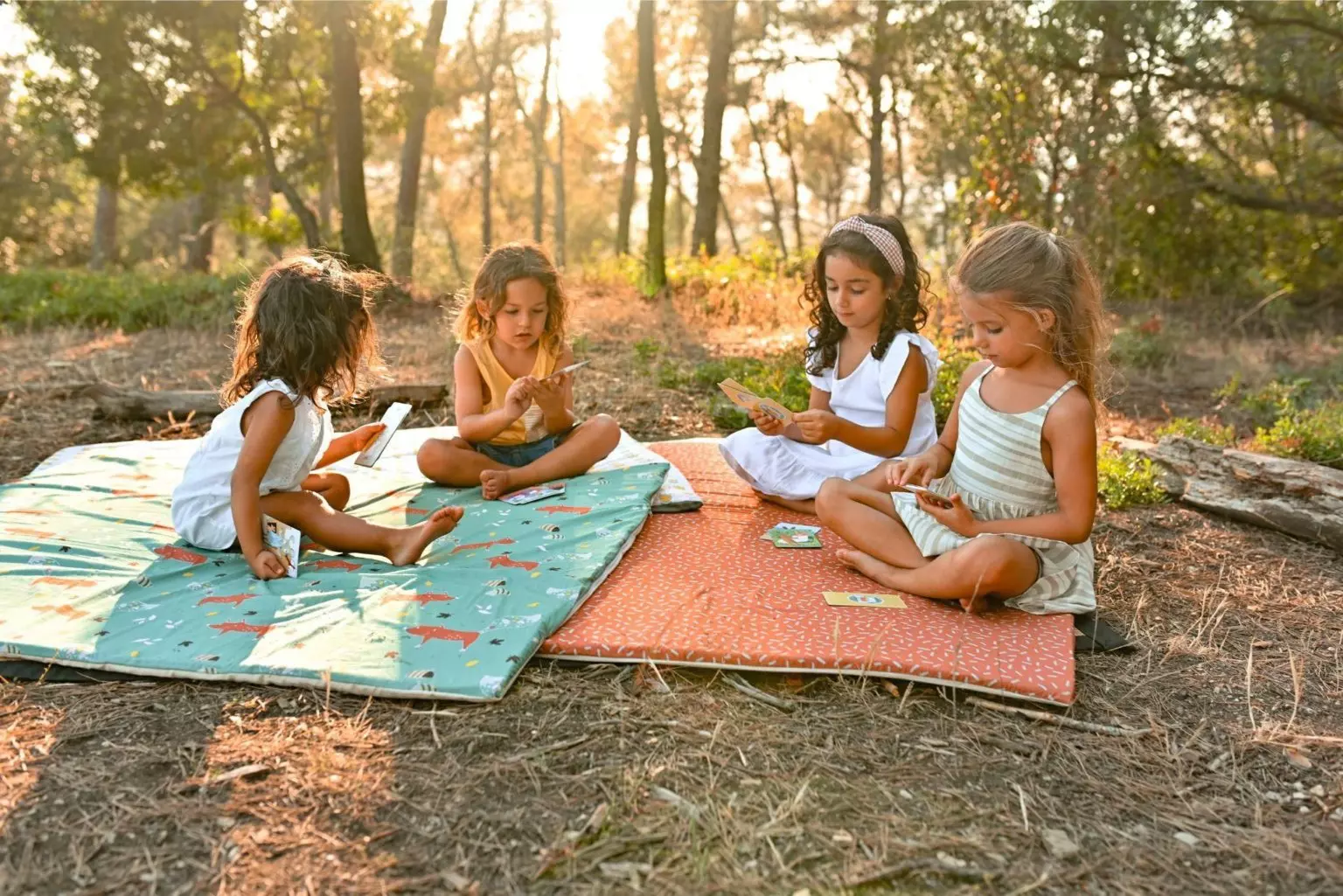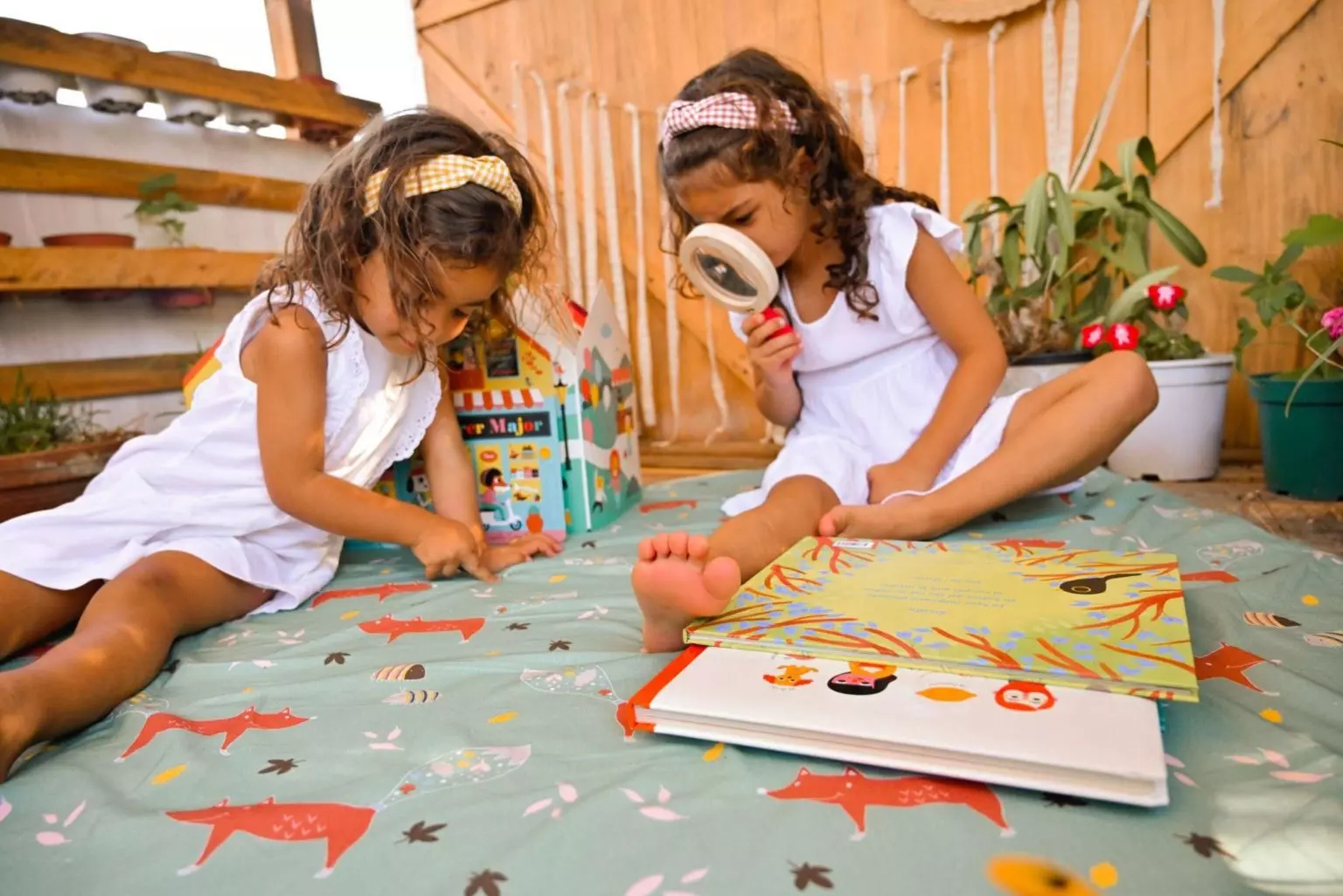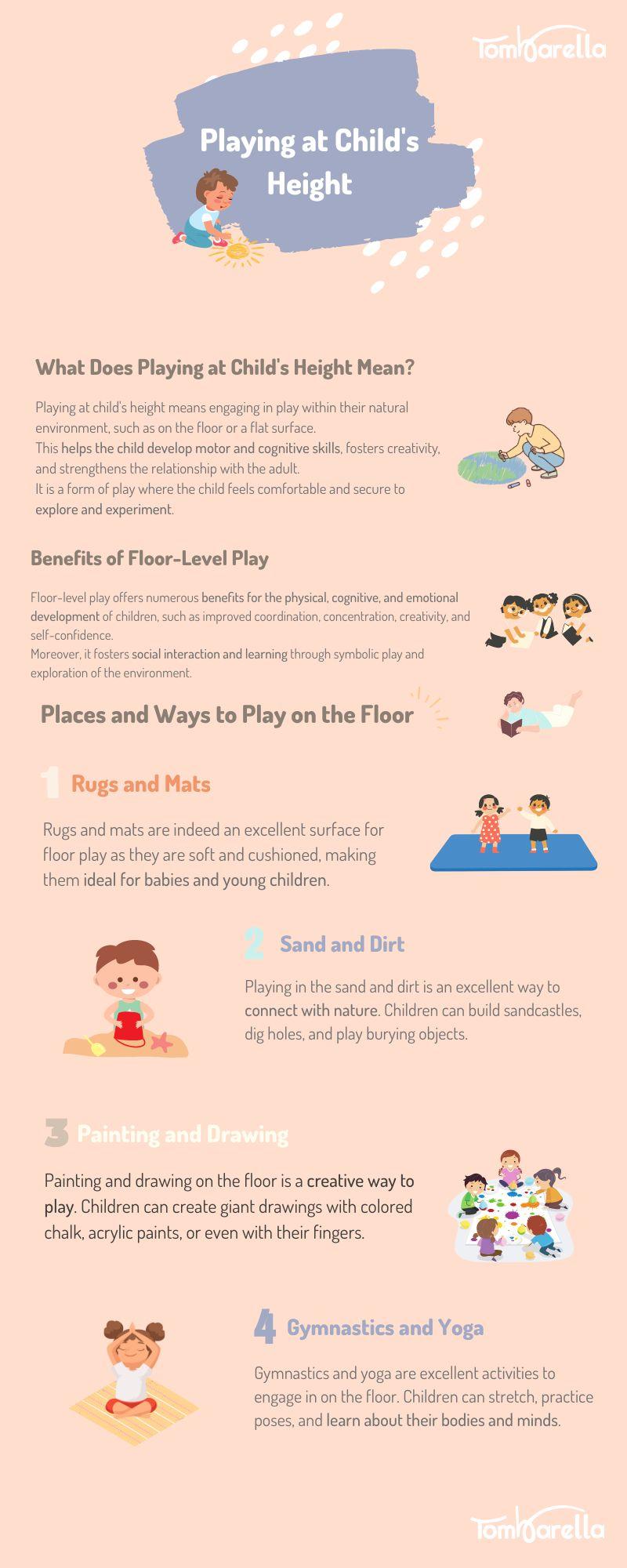What Does Playing at Child’s Height Mean?
For children, playing is a crucial activity for their development.
When we play with them at their height, we show them that we take them into account, that we respect them, and that they feel important.
By playing at their level, they have the opportunity to express themselves freely and explore the world around them.
Moreover, playing at child’s height also has benefits for adults, as it allows us to connect with our children and establish a stronger emotional bond.
Playing with them helps us better understand their world and comprehend their needs, enabling us to provide the support and guidance they require to grow up happy and healthy.
Benefits of Floor-Level Play
Floor-level play can offer many important benefits for child development, including:
- Motor and cognitive development: By playing on the floor, children have the opportunity to move and explore their environment in a more free and natural way, which can help develop motor and cognitive skills.
- Encouragement of creativity and imagination: Without being limited by specific structures or toys, children can use their imagination to create their own games and activities, which can foster creativity.
- Promotion of independence: When playing on the floor, children may feel more comfortable and secure to explore and play on their own, which can help foster their independence.
Places and Ways to Play on the Floor
-Ideas for Floor-Level Play Spaces
- Living Room: The floor of the living room is perfect for playing with balls, building blocks, and toy cars.
- Bedroom: The bedroom floor is ideal for creating a quiet and cozy play area with cushions and blankets.
- Park: In the park, the grass and sand are perfect places for floor-level play, whether it’s running, jumping, or building sandcastles.
-Floor Games to Play
- Creating an obstacle course with cushions and blankets.
- Making a maze with adhesive tape on the floor.
- Playing animal charades, crawling on the floor like a reptile or hopping like a kangaroo.
Padded Flooring: An ideal way to play on the floor
To allow children to play comfortably and enjoyably on the floor, mats or blankets can be used for floor play. For example, Tombarella mats can be used as play floor blankets as they provide comfort for various floor games.
Furthermore, these padded blankets are made from organic materials, making them an eco-friendly and sustainable option for those who wish to minimize their impact on the environment.
In summary, if you are looking for a floor play blanket that is safe, comfortable, and eco-friendly, Tombarella mats are a good choice.

Toys and Accessories for Floor Play
- Toys suitable for floor play: From building toys to foam blocks, balls, and dolls, there are many toys that are ideal for floor play and can help children develop their motor and cognitive skills while having fun.
- Accessories that can help foster floor play: Mats, rugs, and cushions are just some of the accessories that can create a comfortable and safe space for floor play. There are also other accessories such as tunnels and ramps that can add an additional element of fun and excitement to floor play.
Adapting play to the child’s age
-How to Adapt Play According to the Child’s Age:
It is important to adapt floor-level play to the child’s age to ensure they are safe and suitable for their developmental level.
For example, an activity for a 6-month-old baby to play on the floor would be different from one for a 3-year-old child.
It is important to consider the motor and cognitive skills of each stage.
-Floor Play Ideas for Different Ages:
- Babies (6-12 months): Texture exploration games, gentle tossing games, object tracking games.
- Toddlers (1-2 years): Crawling games, block stacking games.
- Preschoolers (3-5 years): Block building games, pretend play games.
Tips for encouraging floor play
How to Engage in Floor Play with Children:
Show interest in floor play and be a play model for the child.
Give freedom and space to the child to play in their own way.
Display enthusiasm and create a fun and relaxed environment.
Tips for Motivating Children to Play on the Floor:
Provide appropriate toys and accessories for floor play.
Create a safe and comfortable space for floor play.
Establish a regular schedule for floor play and make it part of the child’s daily routine.

Playing on the floor is a fundamental activity for child development. It offers numerous benefits, and there are various ways to engage in it.
Moreover, adapting the play to the child’s age and encouraging their participation can enhance the play experience.

